When we think of caravans, we obviously think of French, German or British brands. Less so of Belgian caravans. And yet Belgium had some fine caravan brands in the 50s, 60s and 70s.
Every year, in May and even more so in June, our Belgian neighbours take to our roads to head for the sun and enjoy the amenities of France. Nearly ¼ of Belgians say they go camping, and it’s fair to say that we often see them out and about with some fine equipment.
A few semantic details about French-speaking Belgians, however, which can also be referred to as belgicisms: while many appreciate the motor-home, or camping-car for the French; more and more appreciate the residential caravan that we call the mobil-home; others have opted for the camping car, which across the Channel means an extendable folding canvas caravan… But there are also die-hard caravanners, and there, the word is the same.
The summer period is therefore the best time of the year to see our ancestors on the road again, in what we French would call retro caravans… In short, all this to say that in the 50s, 60s and 70s, the flat country saw a number of manufacturers who built inventively, looking for lightness or emphasising comfort, sometimes all 3 at the same time. We’re going to introduce you to five of these brands in this article.
Let’s start with the charming Wa-wa au, the brainchild of Louis Dombard. Most of them had a roof that could be lowered for journeys, an isorel body that was therefore very light, and twin wheels with a rubber ring suspension system. The first of these were called 160, 180 or 200, depending on the width of the body. Very popular in the retro world, they are nevertheless rare on our roads, but keep your eyes peeled…
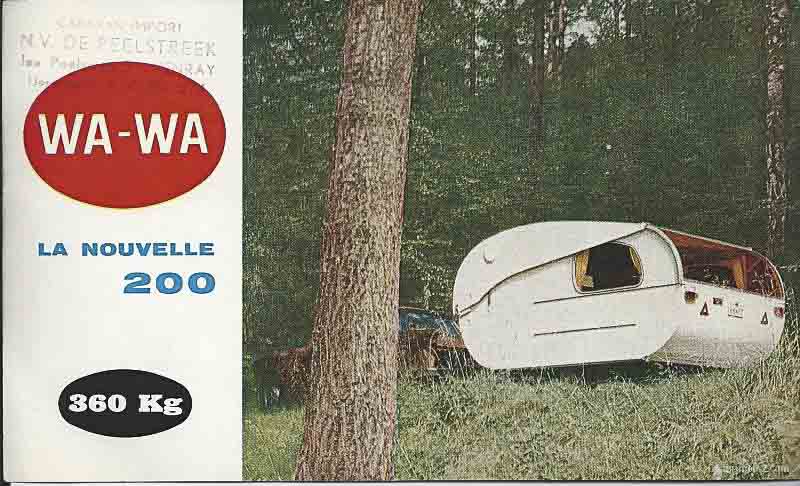
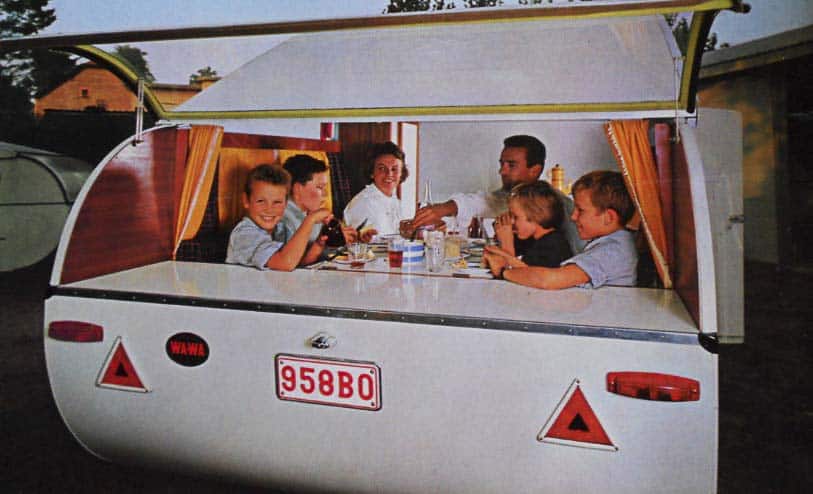
More common and more widespread are the Constructams, which appeared around 1959 in East Flanders. They can be recognised by their half-height polyester body and rounded windows at the front. Very bright, with rounded wooden furniture, they are also very pleasant to tow, as their centre of gravity is low. They are called Condor, Coral or Comet, depending on their size.
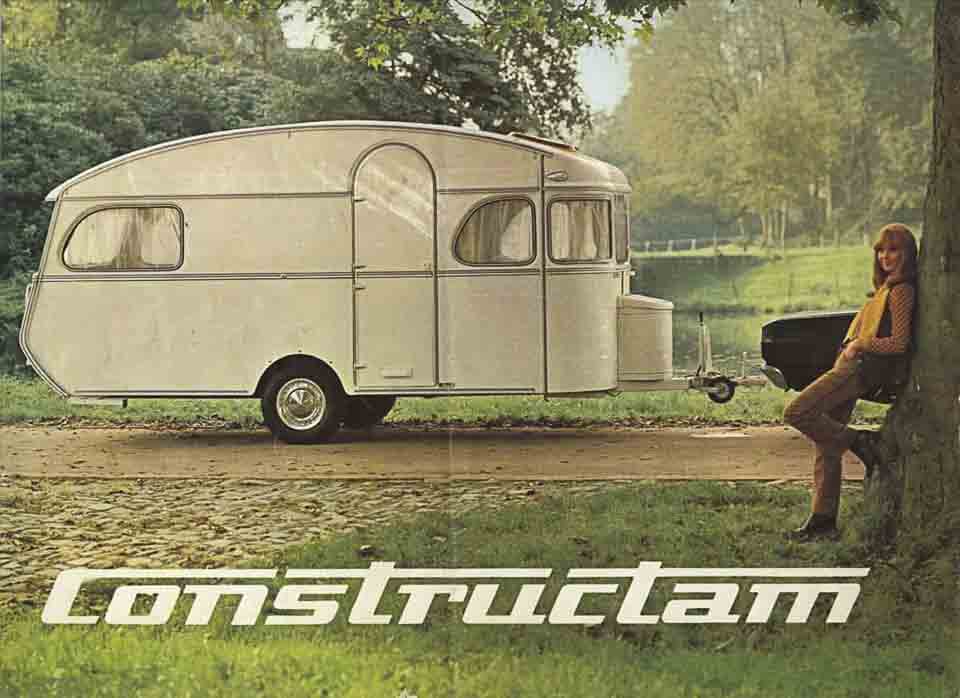
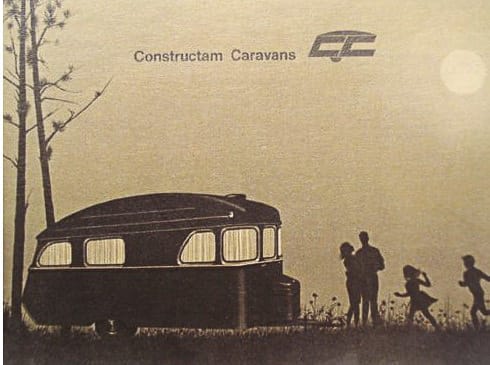
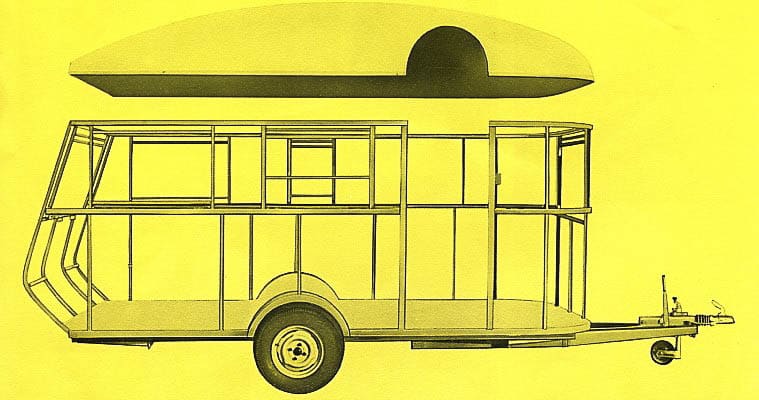
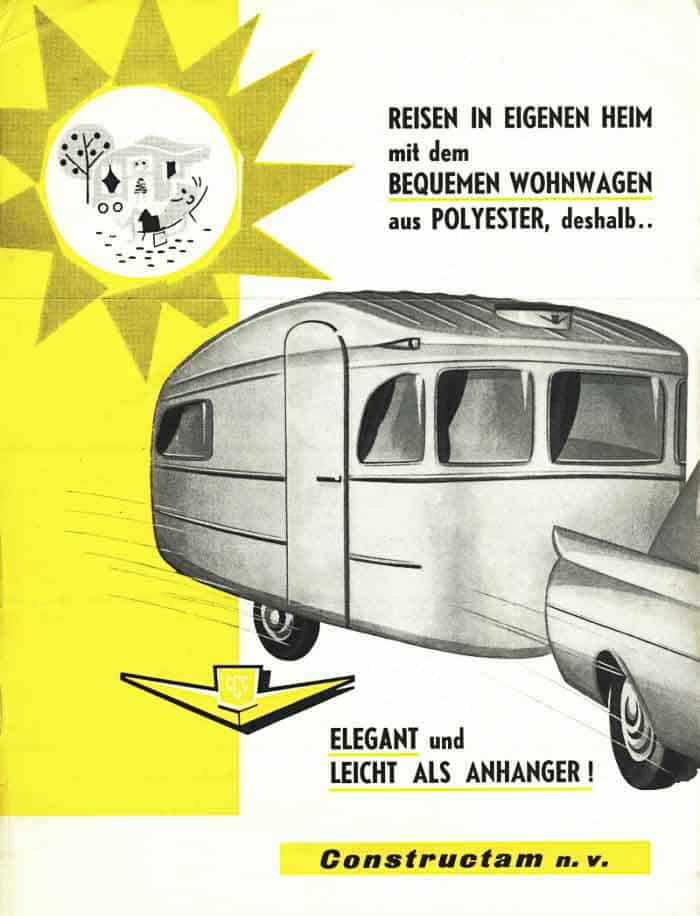
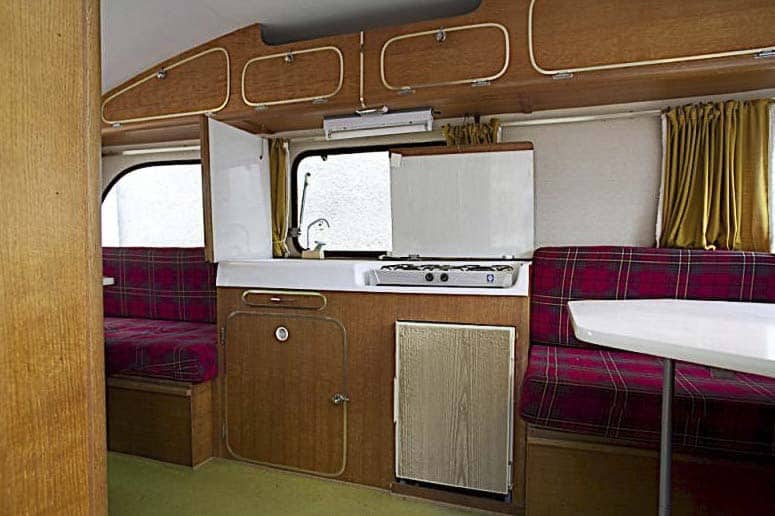
Another brand that enjoyed some popularity was De Reu caravans, which appeared in Bellem between Ghent and Bruges. The wooden fittings were just as well designed and similar to those of the Constructam, but they were quite distinct externally. The first shape was characterised by a straight front with a line descending towards the rear, then in the mid-1960s they adopted a more classic line with rounded corners and a pop-up roof. In different ways, their names evoke small dwellings, the Cahute, the Casbah or the Casa Blanca. They were built until the mid-1980s.
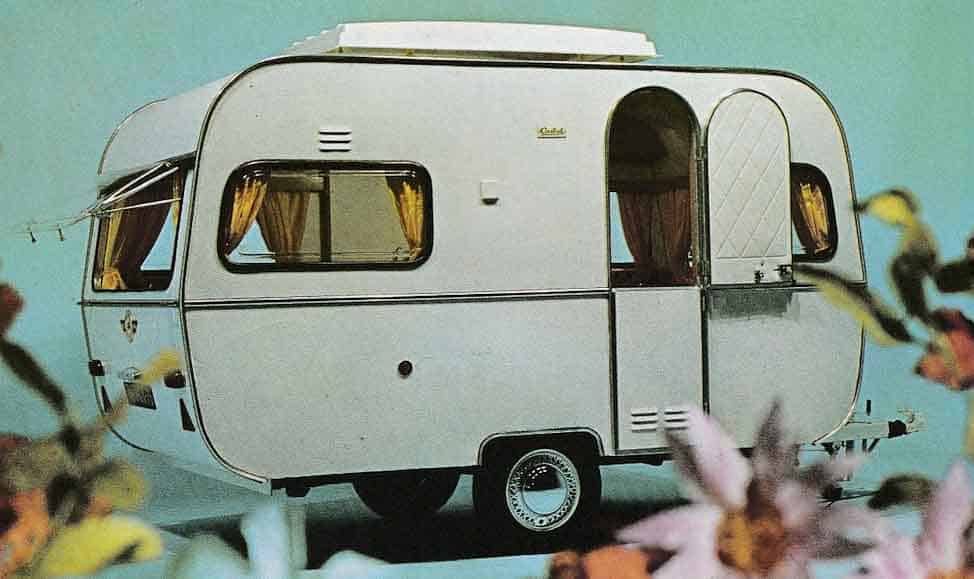
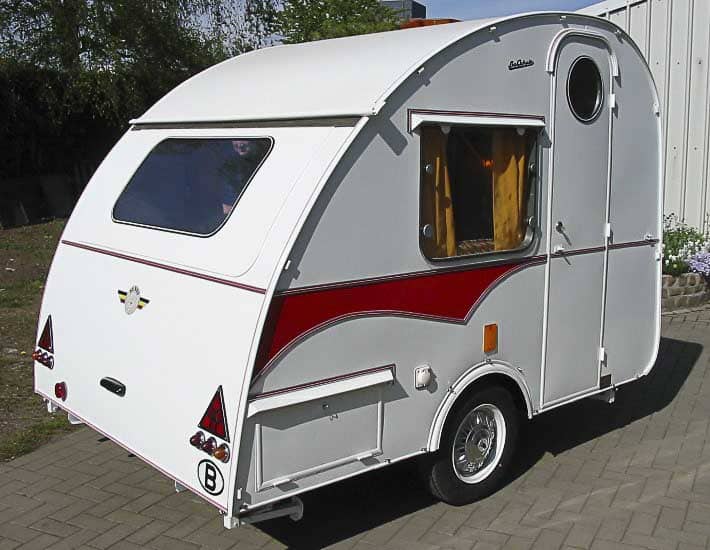
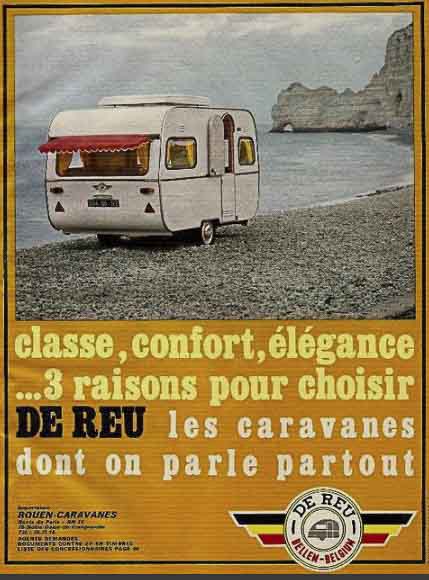
Another technical solution that allows a very particular shape are the Bourgeois, born in Ostend in 1960. Two brothers chose pressed aluminium to build a caravan with a rounded shape. They also have very effective hydraulic brakes. This time, the names don’t evoke escapism, but simply size: B36 for the 3m60, B43, B50.
Let’s finish with the Belgian grail, the Notin of the flat country, with the astonishing La Tortue, built in Ypres from 1950. They are immediately recognisable by their parallelogram shape, which gives them a look that “causes a sensation”, as the advertisements say. The brand called this line “Mercury”. Designed to improve their penetration of the air, they offered numerous solutions to improve comfort: a two-piece polyester roof to provide natural air conditioning, metal shutters on the inside of the windows, a large boot at the rear to store the caravanners’ ‘brol’ (the familiar Belgian version of ‘barda’), and an integrated footboard. They were fairly heavy, however, as comfort was essential, but their island names – Micorca, Corsica, Mallorca, Capri, Capri MK II for the brand’s flagship, a twin-axle vehicle 6.85 metres long and 2.20 metres wide – were an invitation to long-distance travel and exoticism.
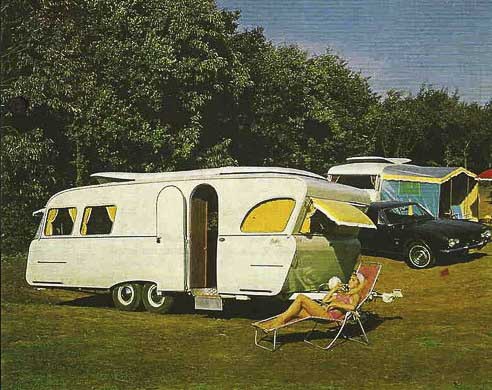
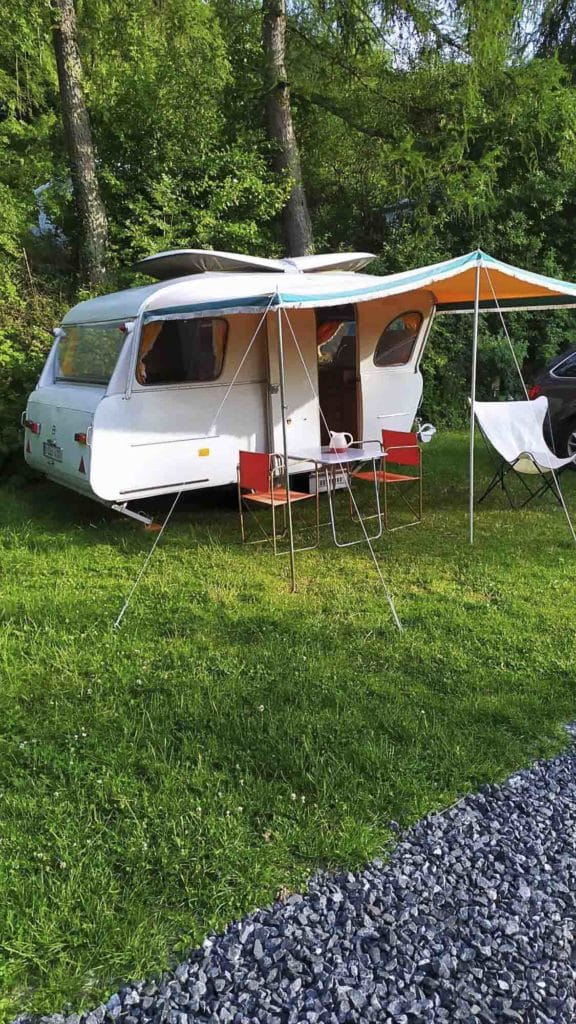
Now that you’ve read this article, and with a bit of luck, I’m sure you’ll soon be seeing some of these beautiful Belgian ‘ancestors’ on our roads.
To write this article, we found informations in
–Le camping a évolué, le campeur aussi – La Libre , article du 6/02/2015
-Sylvie et Franck Méneret, Caravanes de France et d’ailleurs (1920-1960), ETAI 2010

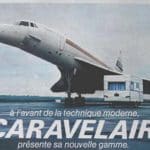
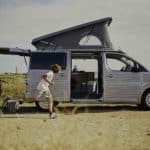
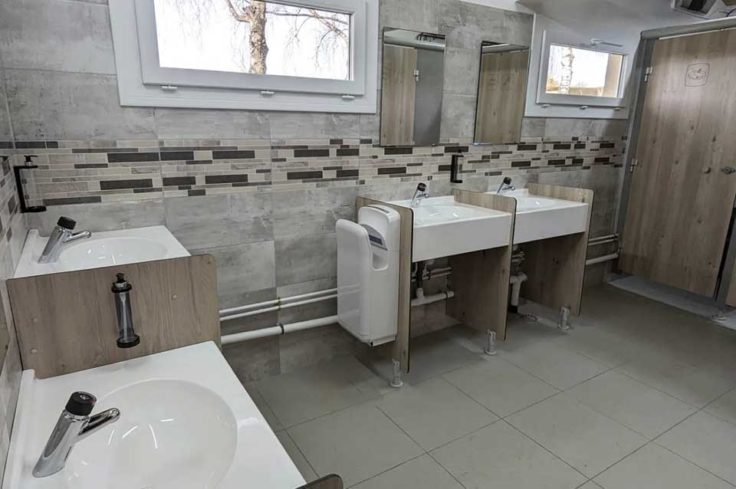
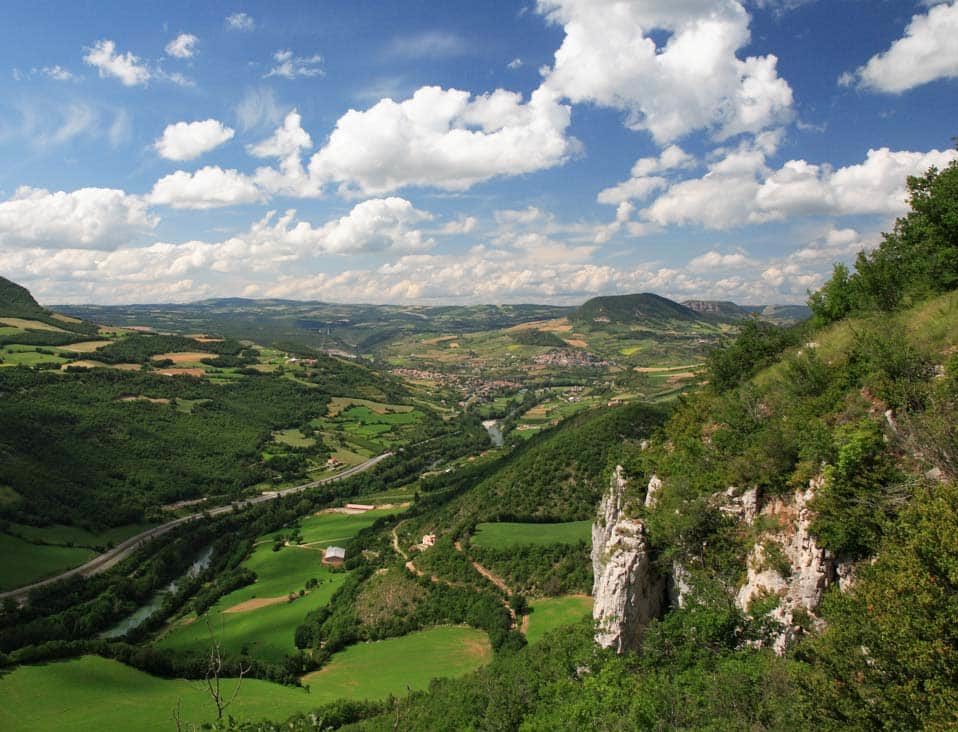 Our top campsites in Aveyron for holidays in a caravan, tent or van
Our top campsites in Aveyron for holidays in a caravan, tent or van 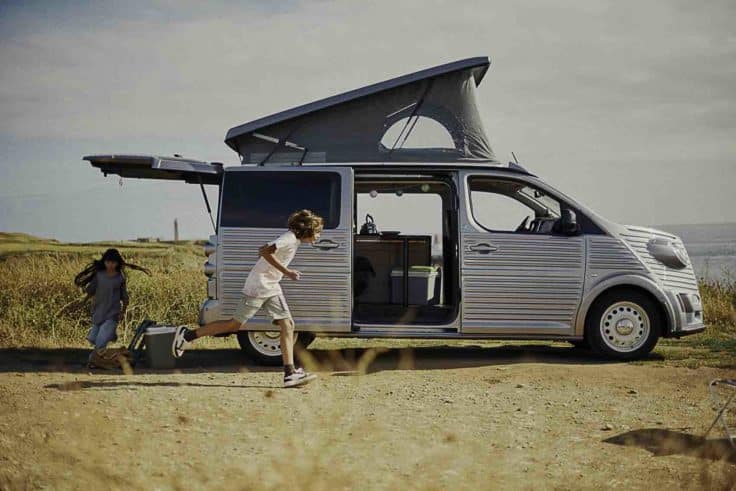
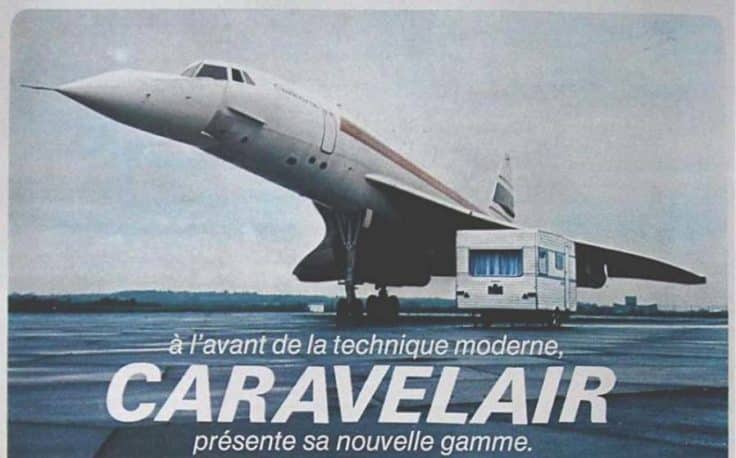
Leave a Reply